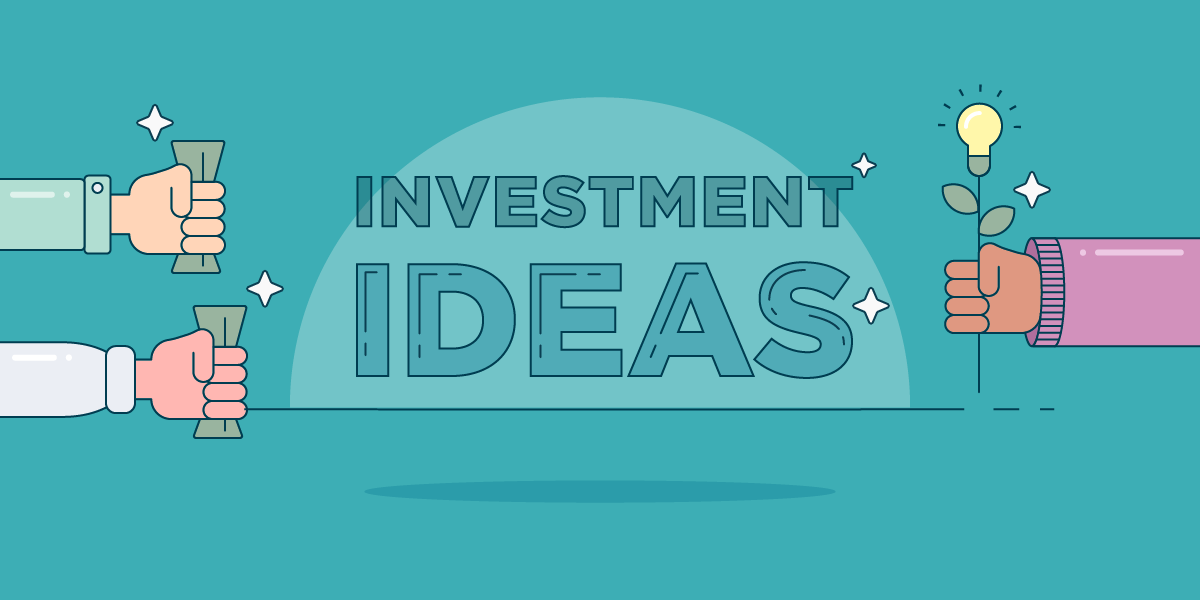Practical experience shows that it is far more difficult to identify or construct a profitable project idea for investment than it is to execute it. However, we live in a complex environment where needs and desires are always evolving, so there is still room to focus on lucrative discoveries. Innovations are quickly translated into above-average returns to the company’s value. Whether it is an organizational innovation or product innovation, they both have the potential to generate high returns. Internally, the imperative is to structure the whole process in a systematic and agile manner so that you can adapt rapidly if any profitable new concept arises.
The good news is that not all good ideas are already taken. But recognizing profitable investment opportunities is a process that must be approached with commitment and thoroughness, honoring the premise that they are generated within the company. The Research and Development department holds a key position in this phase, as it must actively strive for new products and ways to better existing ones. This must be done without casual dismissing of any proposal. Ideas and suggestions for new products or services will come from any level of the organization, so everyone should be able to share their insight.
Since R&D must collaborate with other departments and positions within an enterprise to identify customer preferences for goods that the business does not currently produce, this relationship should be as productive as possible. Modern information technology specialized in innovation management makes it possible to link diverse processes within an enterprise in order to collaborate on finding profitable opportunities for growth. This specifically applies to Idea Management, which is an effective method for initiating and maintaining the process of acquiring new ideas and insights.
Idea management, which is supported by digital technologies, has a few steps that enable corporate teams to function as one, and it necessarily involves specific steps in the process. The first step is to define and catalog all possible solutions(ideas), which can be accomplished using either of two techniques: bottom-up or top-down. A bottom-up technique encourages continuous idea-sharing, while a top-down approach promotes more organized and subject-focused idea-collection, with pre-defined dynamics, and with particular individuals participating. Using these techniques, you can (and probably should) also set unique criteria for evaluating ideas. The third method relies on using resources outside of your organization and it is known as Crowdsourcing.
Collected data needs to be analyzed in order to provide a rough estimate of the expected costs and the potential results of each alternative. Effective management of digital tools has the potential to maximize efficiency and be a profitable solution for traditional measures. And since digitalization is also a type of organizational innovation, the returns on such an investment are substantial and well justified. Reshaping your digital infrastructure by adding digital innovation management tools is just opening doors for more innovations to come. Using digital innovation management capabilities would just encourage more innovation, regardless of its type.
Once you open the door to new lucrative investment prospects, you will avoid having to invest in non-profitable options or the ones outside of your business. Digital transformation of innovation processes allows the whole process to be open to all feedback, regardless of source, and helpful suggestions to be supported explicitly (materially or otherwise). To learn more about digital innovation management solutions, request a demo here.






